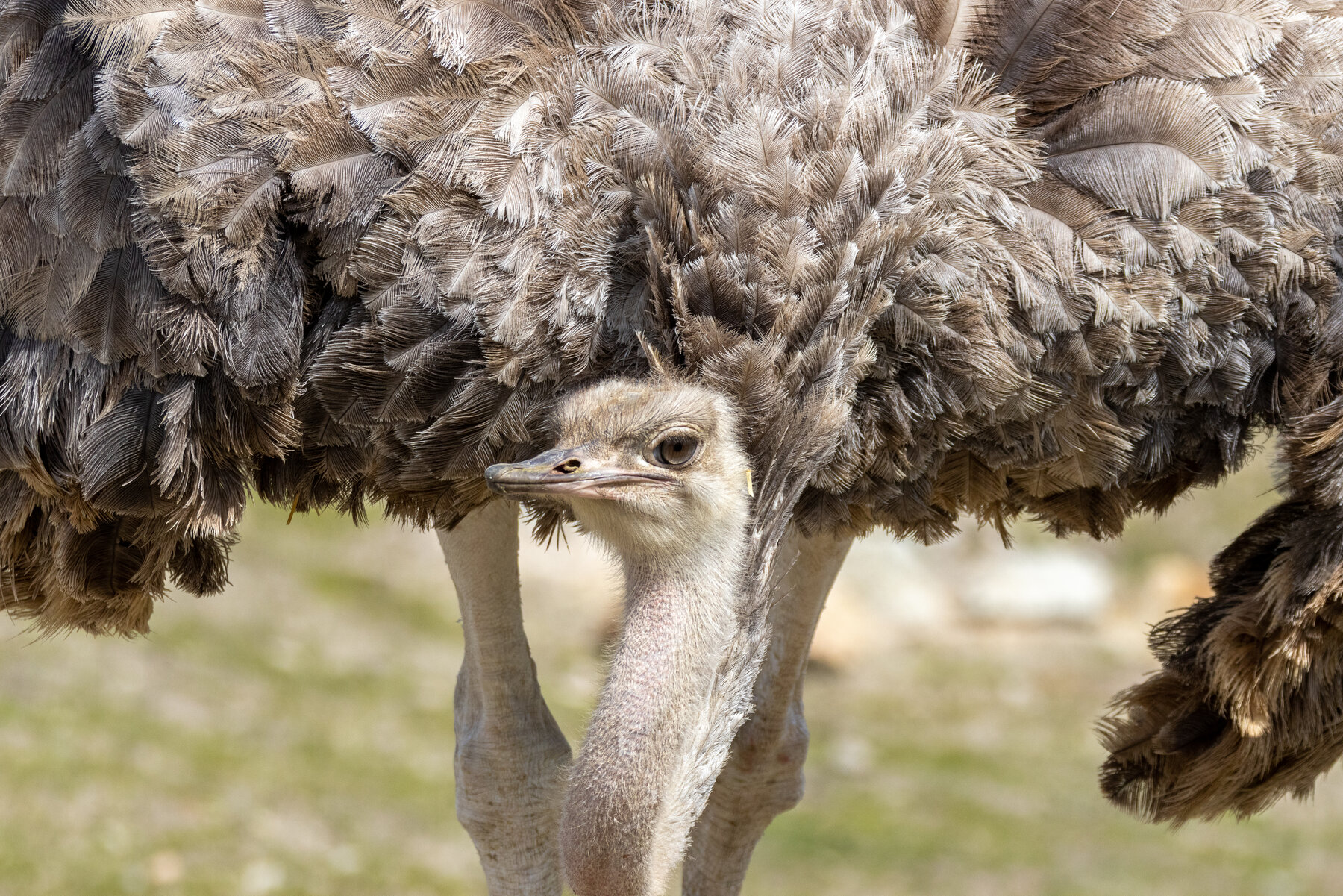
North african ostrich
Struthio camelus camelus
Charakteristics
- Origin
Sahel and Sudan
- Habitat
deserts, semi-deserts and savannahs
- Diet
Grasses, seeds, leaves, succulents, insects, small vertebrates
- Status
least concern
- Size
210 – 275 cm
- Weight
100 – 150 kg
- Breeding period
42 – 46 days
- Achievable age
up to 40 years
Threat Categories of IUCN


Communal nests
Ostrich males scrape shallow hollows in the ground to serve as nests. Each cock mates with several hens in his “harem” – all of which lay their eggs in one nest. The male and one main female hatch the eggs and raise all the young together.

